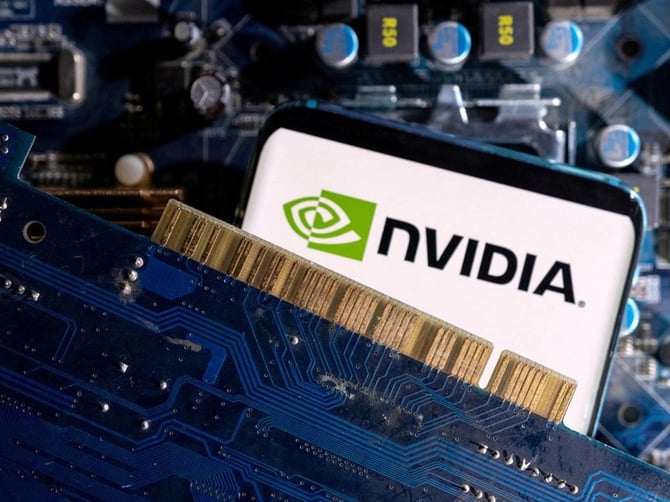Nvidia and AMD to Pay U.S. Government 15% for China Market Access

Nvidia and AMD have reached an unprecedented agreement to pay the US government 15% of their semiconductor revenues from China in order to secure export licences to the world’s second-largest economy.
The deal covers Nvidia’s H20 chips and AMD’s MI308 models, both designed for artificial intelligence applications, and marks a significant shift in the cost of market participation amid ongoing US–China trade tensions.
The arrangement follows a period in which Washington banned the sale of Nvidia’s H20 chips to Beijing over security concerns, a decision now reversed as part of broader easing in bilateral relations.
Nvidia’s CEO Jensen Huang has lobbied for months for a resumption of sales, reportedly meeting President Donald Trump last week. Under the new terms, Nvidia will resume shipments to China, a market worth billions in potential revenue, albeit with the new levy in place.
The agreement comes as Beijing relaxes rare earth export controls and the US lifts certain restrictions on chip design software. In May, the two countries agreed to a 90-day truce in their tariff war, with the current pause set to expire on August 12 unless extended.
What Does This Mean for Me?
Washington’s broader trade policy has pushed major tech firms to expand US investments. Apple has pledged an additional $100 billion, adding to its $500 billion four-year commitment, while Micron Technology has earmarked $200 billion, including a new facility in Idaho. Nvidia itself plans to invest up to $500 billion in AI servers and develop the first entirely American-made AI supercomputers.
More News
.webp)
Market Roundup: What Happened Yesterday and What We Can Expect Today (January 5)
.webp)
Market Roundup: What Happened Yesterday and What We Can Expect Today (January 2nd)

US Stocks in 2026: Still Climbing, But Can They Sustain This Pace?

Market Summary: What happened yesterday and what awaits us today, December 31st
.webp)
Market Roundup: What Happened Yesterday and What We Can Expect Today (December 30)

Zepto’s $1.2bn IPO Tests India’s Quick-Commerce Boom

Wall Street Rallies as the S&P 500 Pushes Deeper Into Record Territory
